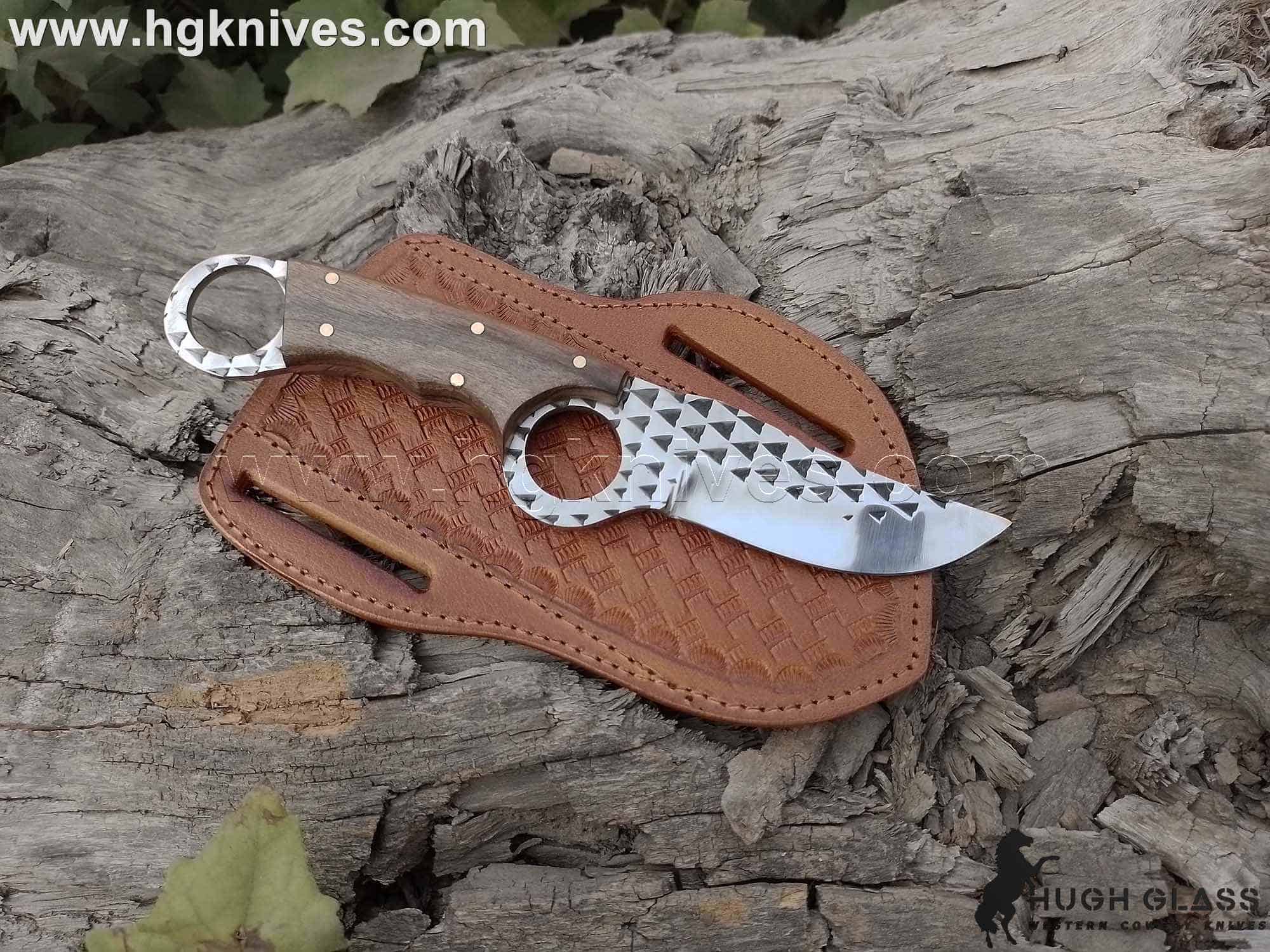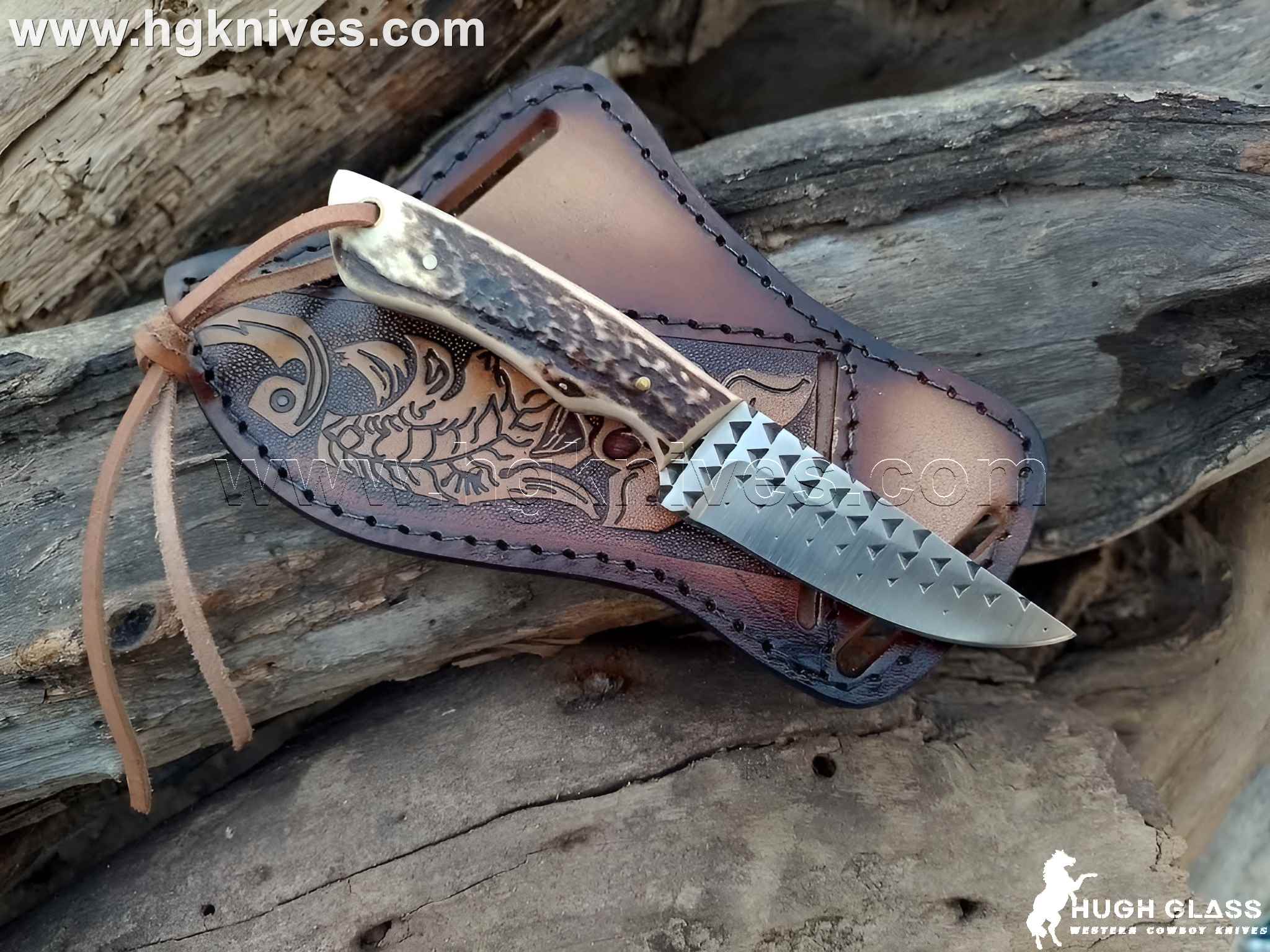The Unsung Hero of Hoof Care: Understanding Your Rasp Knife
The Unsung Hero of Hoof Care: Understanding Your Rasp Knife
Blog Article

Ever watched a farrier at work, meticulously shaping a horse's hoof? You've likely seen them wield a crucial tool – the rasp knife. While it might seem like a simple implement, this hardworking blade is essential for maintaining equine health and performance. Farrier rasp knives are more than just sharp edges; they're extensions of a skilled professional's hand, allowing for precise trimming and shaping that impacts a horse's comfort, balance, and overall well-being.
Delving Deeper: What Exactly is a Rasp Knife?
At its core, a rasp knife is a specialized hand tool designed for removing and shaping the softer parts of a horse's hoof, primarily the frog and sole. Unlike nippers, which are used for cutting larger portions of the hoof wall, rasp knives offer a finer level of control. Think of it like the difference between a sculptor's chisel and a detail knife. These knives come in various shapes and sizes, each suited for specific tasks and preferences. You'll find models with single or double edges, curved or straight blades, and different handle designs for optimal grip and leverage.
Why Farrier Rasp Knives are Indispensable
For farriers, farrier rasp knives are indispensable tools of their trade. They allow for the delicate work needed to:
Clean the hoof: Removing dirt, debris, and loose fragments from the sole and frog.
Shape the frog: Ensuring the frog is healthy and provides adequate traction and shock absorption.
Expose abscesses: Carefully paring away hoof material to locate and drain painful infections.
Fine-tune the hoof balance: Making subtle adjustments to the sole to ensure even weight distribution.
Without a reliable rasp knife, these crucial tasks would be significantly more challenging and less precise, potentially compromising the health and soundness of the horse.
Not Just for Pros: Understanding the Value for Horse Owners
While primarily used by professionals, understanding the function of a rasp knife can be valuable for horse owners too. Knowing what your farrier is doing and why can foster better communication and a deeper appreciation for the intricacies of hoof care. While routine hoof trimming and shaping should always be left to experienced farriers, horse owners can use their understanding to:
Monitor hoof health: Recognizing signs that might require the farrier's attention.
Assist with basic cleaning: Carefully removing loose debris under the guidance of their farrier.
Understand the importance of regular farrier visits: Seeing firsthand the detailed work involved in maintaining healthy hooves.
Choosing the Right Rasp Knife: A Matter of Preference and Purpose
The world of rasp knives offers a variety of options, and the "best" knife often comes down to individual preference and the specific task at hand. Factors to consider include:
Blade shape and size: Different curves and lengths offer varying levels of access and leverage.
Blade sharpness: A sharp blade is crucial for efficient and clean work, reducing strain on both the farrier and the horse.
Handle design and material: Ergonomics play a significant role in comfort and control, especially during long hours of work.
Single vs. double edge: Double-edged knives offer versatility, while single-edged options can provide more focused pressure.
Experienced farriers often have a collection of rasp knives, each serving a specific purpose or fitting comfortably in their hand for particular angles and maneuvers.

Maintaining Your Rasp Knives: Ensuring Longevity and Performance
Like any quality tool, rasp knives require proper care to maintain their sharpness and extend their lifespan. This includes:
Regular cleaning: Removing dirt and debris after each use.
Oiling: Applying a light oil to prevent rust and corrosion.
Sharpening: Periodically honing the blade to maintain a keen edge. This is a skill best learned through proper instruction.
Safe storage: Protecting the blade from damage when not in use.
Taking good care of your rasp knife not only ensures optimal performance but also contributes to safer and more efficient hoof care.
The Evolution of Rasp Knives: From Simple Tools to Specialized Designs
The basic concept of a rasp knife has been around for centuries, evolving alongside our understanding of equine anatomy and the demands placed on working horses. Early versions were likely simple pieces of shaped metal. Today, we see highly specialized designs incorporating advanced metallurgy and ergonomic considerations. Manufacturers are constantly innovating, seeking to create farrier rasp knives that are sharper, more durable, and more comfortable to use. This evolution reflects the ongoing commitment to improving equine welfare through better tools and techniques.
The Importance of a Sharp Rasp Knife: More Than Just Efficiency
A dull rasp knife is not just inefficient; it can also be detrimental to the horse. Forcing a dull blade can lead to:
Tearing of hoof tissue: Causing discomfort and potential injury.
Increased strain on the farrier's hand and wrist: Leading to fatigue and potential long-term issues.
Less precise work: Compromising the balance and shape of the hoof.
Investing in quality rasp knives and maintaining their sharpness is therefore crucial for both the horse's well-being and the farrier's professional health.
Rasp Knives: A Testament to the Art and Science of Farriery
In conclusion, the rasp knife is far more than just a cutting tool. It's a vital instrument in the hands of skilled professionals dedicated to the health and soundness of horses. From the delicate shaping of the frog to the precise paring needed to address hoof issues, the rasp knife allows farriers to perform essential tasks with accuracy and care. Understanding the website function and importance of these farrier rasp knives provides valuable insight into the art and science of farriery, highlighting the intricate work involved in keeping our equine companions happy and healthy. So, the next time you see a farrier at work, take a moment to appreciate the humble yet indispensable rasp knife in their capable hands.
 Report this page
Report this page